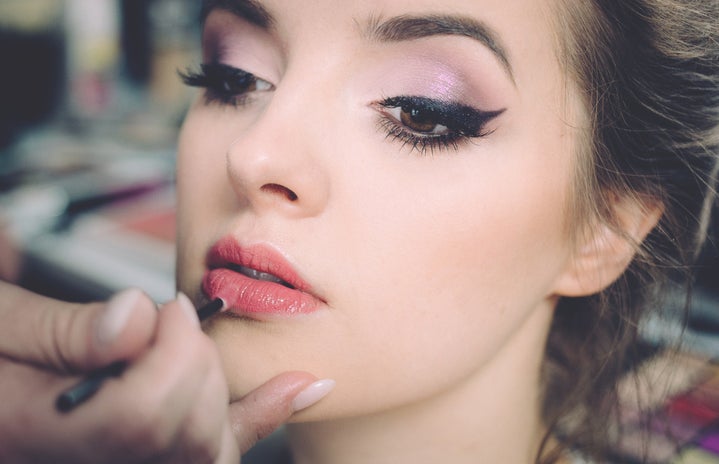In a movement that grows in complexity and is misunderstood to promote obesity, body positivity is not where it was several years ago.
Many women can no longer identify with body positivity.
Brands showcase a very narrow view of fatness – ‘Body positivity’ are campaigns with size 18, big breasted, hourglassed, young, white women and fit a standard that non-hourglass shaped women can’t relate to. What about the women above size 24 or the women of colour above the age of 40?
The issue is that body positivity has been commercialized and diluted and has taken on a more palatable form far from its origins. It’s used as a selling tactic for brands, and now the ‘body pos’ movement is dangerously heading towards exclusion for marginalized bodies.
Society has forgotten that body positivity comes from fat activism and size acceptance in the 1960s, when self-love was reserved for people with privileged bodies (thin, white, able-bodied, cisgender, straight).
Body positivity was created to help marginalized bodies (fat, bodies of colour, impaired bodies, LGBT+) feel entitled to self-love and feel safe in a community where you could be who you are.
These days, it’s primary focus has shifted to brands thinking that increasing their size chart to 20 is a radical step towards size inclusivity and thin celebrities chatting about body image.
The focus has been taken away from people with marginalized bodies, and the spotlight is – once again, on those with non-marginalized bodies. Apply the concept of how people tried to turn ‘Black Lives Matter’ into ‘All Lives Matter’ – it’s the same with fat acceptance in the body positive movement. All bodies should be seen as equals yet it’s clear they are all not treated as such. Fatphobia still exists within the body positivity movement; there needs to be a societal shift that stops discrimination against marginalized bodies.
Check your privilege and know that body privilege exists; figure out where you fit. If you do fit within the ‘norm’ of society or a ‘privileged body’, you can still talk about body positivity but don’t overstep those that need activism the most; anyone can be a part of the conversation without owning it.
Recognize that today’s body positivity can’t completely articulate the deep-rooted, toxic relationships individuals have with their bodies, which can be a combination of racism, ableism, sexism, queerphobia, and fatphobia. Structural oppression just can’t be dismantled by only loving your body – society will still stigmatize and ridicule those who do not fit the standard.
Intersectionality is the goal.
Little Mix recent song release ‘Strip’ and Glamour UK’s BlendOutBullying campaign are powerful examples that encourage women to get their feet wet in talking about body acceptance.
With body positivity as a good starting point for many, the world can hope that others will educate themselves and listen to people that aren’t okay with today’s diluted version of body positivity, and within time, open their eyes and hearts to move further and deeper into a revolution that is much bigger than a hashtag.



